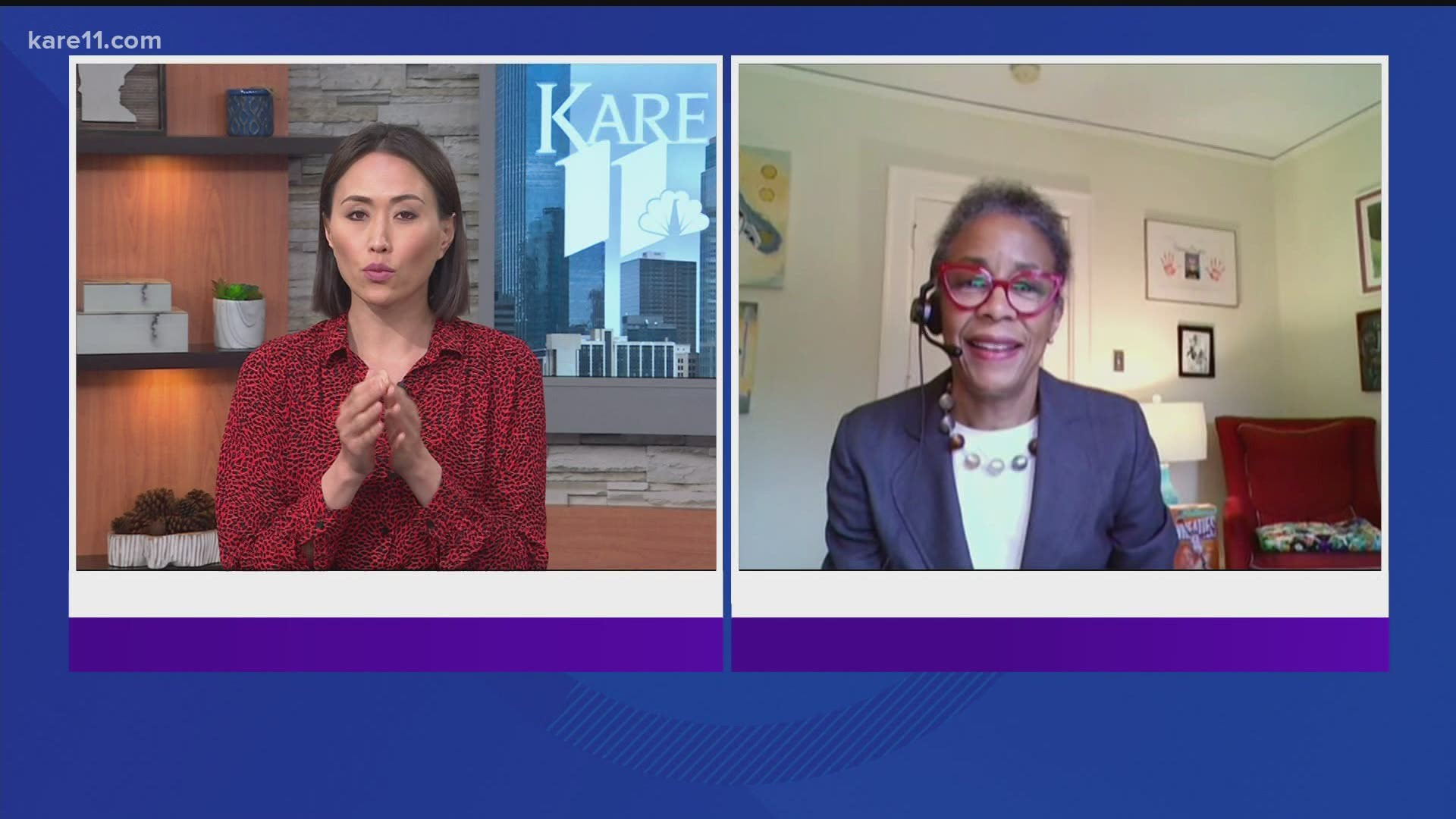MINNEAPOLIS — During the lazy days of Summer, it’s easy to let things slide. Don’t let your use of sunscreen and protective clothing be among them.
The Skin Cancer Foundation says 207,390 Americans will be diagnosed with skin cancer this year. It’s the most common form of cancer. Exposure to the sun’s ultra-violet (UV) rays is connected with 85-90% of cancers of the skin.
It’s time to re-commit to Summer skin care!
Melanoma Monday, the first Monday in May, was started to promote skin safety before Summer begins. It encourages people to be sun-smart by wearing sunscreen and protective clothing to safeguard our skin. But as the summer wears on, too many of us let our guard down. That’s why July is UV Safety Awareness Month.
Skin cancer is American’s most common cancer. More than five million cases are diagnosed each year.
In June the American Academy of Dermatology published results of a survey showing that only about 30% of American adults say they are concerned about developing skin cancer – even though nearly 70% of them have at least one risk factor for the disease. 49% of respondents were more worried about avoiding sunburn than preventing skin cancer.
The scary fact is that one in five Americans will develop skin cancer in their lifetime and nearly 20 Americans die from melanoma every day.
Anyone can get skin cancer, but people with certain characteristics are at greater risk—
- A lighter natural skin color
- Skin that burns, freckles, reddens easily, or becomes painful in the sun
- Blue or green eyes
- Blond or red hair
- Certain types and a large number of moles
- A family history of skin cancer
- A personal history of skin cancer
- Older age
While the incidence of skin cancer is about 30 times higher among White people than among Black or Asian/Pacific Islander individuals, the risk for skin cancer exists for people of all skin colors. And people with darker skin colors are often diagnosed at a later stage of skin cancer.
How much sun is too much sun?
The sun’s ultraviolet or UV rays are what damage skin and can cause cancer. The UV index tells us how strong the sun’s UV rays will be. The higher the UV index, the greater the strength of the sun’s UV rays and the faster we may be exposed to harm. The level of UV radiation varies throughout the day. The UV index is at its highest mid-day between 10 am and 2 pm.
A UV Index of 11+ (Extreme) means there is a very high risk of harm from unprotected sun exposure. Fair skin people may burn in less than 5 minutes. Outdoor workers and vacationers are especially at risk. Having 5 or more sunburns doubles your risk for getting melanoma.
According to Dr. Julia Joseph-Di Caprio, UCare’s Chief Medical Director, people who have a “base tan” can stay in the sun for up to 1 hour during mid-day peak sun without burning. A base tan refers to getting a tan before heading off to a beach or somewhere you might get a lot of sun and sunburned. However, people with very sensitive skin and infants should always be protected from prolonged sun exposure by sitting in the shade, wearing hats, long pants and long-sleeved tops made from tightly-woven fabrics, using UV-blocking sunglasses and applying broad spectrum SPF 30+ sun screen.
People should also avoid spending too much time around bright surfaces, like sand, water and snow, which reflect UV rays and increase exposure.
Why worry?
Dr. Joseph-Di Caprio says we should always be concerned about the chances of getting diagnosed with skin cancer because more than 2 people in the US die of skin cancer each hour. As with any cancer, treatment can be painful and costly. Skin cancer diagnoses have also been increasing each year.
There are three major types of skin cancer:
- Basal cell carcinoma - the most common
- Squamous cell carcinoma – second most common. 15,000 people die of squamous cancer in the US each year.
- Melanoma - The 99% survival rate applies only to early diagnoses of melanoma, not late stage diagnoses. An estimated 7,180 people will die of melanoma in 2021.
People with 10 or more atypical moles have 12 times the risk of melanoma. If you notice an unusual mole that has irregular edges or appearance, or if you spot anything new, changing or unusual, you should bring it to the attention of your doctor or dermatologist.
If you develop lumps or bumps, lesions or sores that won’t heal on any part of your body, you should also seek a professional’s opinion. Not all skin issues are cancerous, but it’s best to get them checked out. Basal and squamous cell carcinoma usually occurs in sun-exposed areas, such as your neck, face, ears and hands. But melanoma can appear anywhere on your body.
Know Your Numbers
This information is provided by Health Fair 11 as part of its Know Your Numbers Campaign. Health Fair 11 is a non-profit organization that operates with the support of KARE 11 TV and UCare. Learn more at www.HealthFair11.org. To find out how your organization can become an official Health Fair 11 sponsor, email healthfair@kare11.com .
RESOURCES USED IN THIS ARTICLE
What might skin cancer look like? (American Cancer Society)

